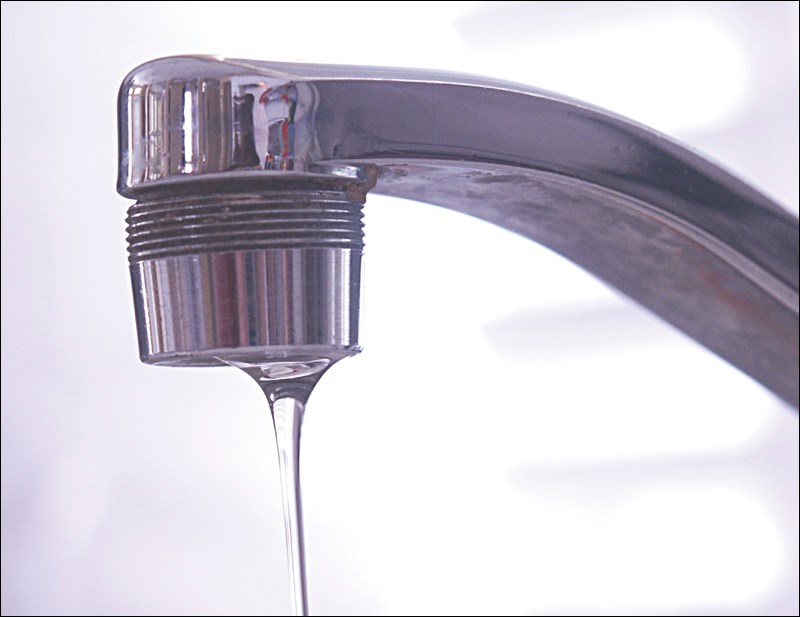Newly released reports confirm that Flin Flon’s multimillion-dollar water treatment plant is generally doing its job.
The city’s 2013 and 2014 drinking water reports reveal a significant decline in the level of potentially harmful compounds known as trihalomethanes (THMs).
Three THM tests taken before the August 2013 commissioning of the treatment plant were between 20 and 48 per cent higher than the provincial standard.
But four of five subsequent tests in 2013 and 2014 came back well within the standard, and the provincial government is not worried by the single test that exceeded the limit.
A provincial spokesperson said THMs “are known to vary throughout the year and throughout the distribution system.”
“Compliance with the standard is evaluated based on an annual average of quarterly samples at the worst-case location (typically the outer edges of the distribution system),” the spokesperson told The Reminder in an email, “so a single sample being over the standard is not a concern, and average exposure at other locations should be lower.”
The spokesperson added that the THM standard is based on health effects associated with average lifetime exposure – 70-plus years – not immediate or one-time exposure.
The standard for THMs is 0.1 mg per litre. The single test that exceeded the standard was taken on August 12, 2014, and showed THM content of 0.133 mg per litre, or 33 per cent above the limit.
The four other post-treatment-plant tests were as low as 0.0826 mg per litre and as high as 0.0949 mg per litre.
In the past, the city had some difficulty meeting the standard for free chlorine residual in the distribution system. In 2009, for instance, the requirement was not met 17 per cent of the time, though not once did a test find zero chlorine residual in the water.
In 2014, the chlorine residual requirement was met 98 per cent of the time and, again, at no time was the water found to have zero chlorine residual.
In previous years, the city was also unable to fully comply with the somewhat vague guidelines surrounding the odour of the drinking water.
The city’s 2013 report said it was “not always able to meet” the odour guidelines, but there is no mention of the word “odour” in the 2014 report.
The city posted both the 2013 and 2014 water-quality reports on its website on Monday. That was the same day The Reminder ran an article detailing how the city had missed the reporting deadline for the 2013 report by nearly a year.
The city has said the postponement was a partial result of the province’s delay in reviewing a component of the report before it was finalized.




